Get the Most From Your Fireplace With These Recommended Burn Practices
A wood-burning appliance that is correctly installed and used appropriately shouldn’t be sending piles of smoke into your living space. Not only does this hurt the aesthetic of space and trigger foul odors, but it can be bad for the health of your loved ones too. Not to mention, the more smoke you have, the more creosote that is likely to form, which will increase your risk of experiencing a chimney fire.
One of the biggest causes of a smoky fireplace has to do with what type of wood you’re burning and how you’re burning it. Because of this, we recommend burning only seasoned firewood in your fireplace, stove, or insert.
All About Well-Seasoned Wood
As a general rule, the only thing you should be burning in your fireplace is dry, well-seasoned wood that has been properly split. How can you tell if your wood is seasoned or not? When purchasing, we advise keeping an eye out for pieces that are darker in color, shorter in length, have cracked ends, smells older/mustier, and sounds hollow when smacked against another piece.
Or, if you want to play it completely safe, purchase a moisture meter and test your wood out that way! If it has a moisture content somewhere between 15% – 25% you should be good to go.
Looking to season your own wood? Follow these guidelines:
- Store the wood outdoors, preferably in a covered shed with open sides.
- Keep the wood pile off of the ground, so the bottom pieces don’t get wet.
- Stack the wood so that it’s sturdy, but also has small openings for air to get through.
- Make sure the top of the wood pile is covered on snowy/rainy days.
- Don’t store the wood pile too close to your home, as it’s bound to attract pests.
- Store the wood for at least 6 months before putting it to use.
Items You Should Never Burn in Your Appliance
-
-
- Household garbage
- Cardboard
- Plastics
- Magazines or wrapping paper
- Christmas tree
- Coated, painted, or pressure-treated wood
- Ocean driftwood, plywood, particle board, or any wood with glue on or in it
- Never burn wet, rotted, diseased, or moldy wood
- Wet or green (unseasoned) logs
-
We’ve Got Answers to Your Wood-Burning Questions
Any other questions coming to mind regarding the best wood-burning practices? Give us a call! Not only do we sell the best wood fireplaces, inserts, and stoves around, but we would love to do all we can to help you use them safely too.
Reach out at 631-738-0005 or request an appointment online today.
Do you have any idea what the different parts of you fireplace system are? Our library has the important answers in Fireplace Anatomy.
